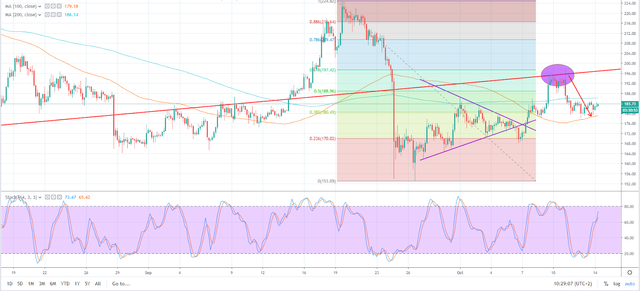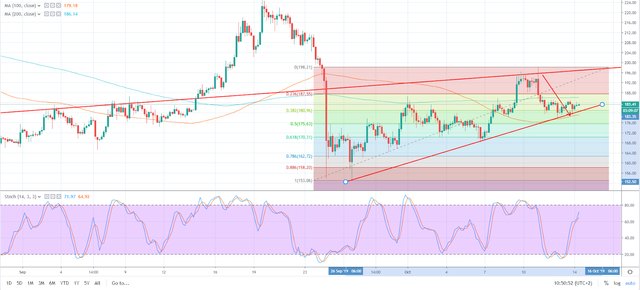
Fundamentals
Ethereum will be safer than Bitcoin once it moves to the proof of stake platform over the next few years, its co-founder Vitalik Buterin said while speaking on stage at Devon 5. The platform will achieve a higher level of security by simply making the cost for attackers against Ethereum higher. However, there might be an issue with this theory.
“What about attackers who have a really large, extra protocol incentive, or just want to watch the world burn? Could be a government. Or hackers that want to have some fun. The critique here says we’re assuming we have these participants motivated by economic incentives. What if there are people who just want to break the thing regardless?” Buterin said.
The idea is to tackle issues like this by developing a system where validators can be questioned, explains Buterin. If the challenge against the validator is legitimate, it will lose its staked funds, with a portion of those funds being transferred to the challenger. This is exactly how attacks against the network become more expensive.
“The challenger can submit a transaction that points to [the block in question]. That calculation runs on the blockchain. The blockchain’s like, ‘wait the actual answer is 256 and this guy submitted 250 so this guy’s wrong.’ The original guy’s deposit is destroyed and part is given to the challenger.”
Furthermore, Buterin extended his speech about other elements of the upcoming transition to Ethereum 2.0. He said that it is expected for the migration to be smooth.
“Existing applications will keep running with no change. All account balances, contract code and contract storage (this includes ERC20 balances, active CDPs, etc.) will carry over.”
Similarly, he also confirmed that the composability - the ability of different applications to easily talk to each other - currently found on Ethereum 1.0 will not be broken. However, the ERC20 standard would need to be modified, Buterin confirmed.
“Tokens would be able to exist on all shards, and seamlessly move from one shard to another just like ETH. This can be done with receipts, in the same way that ETH is moved from one shard to another, we can move tokens from one shard to another. There are no fundamental difficulties here,” added Buterin.
Technicals
In the previous week’s blog post about Ethereum, we wrote that “the major target, and resistance, is still the ascending trend line, which currently sits just below the $200 mark.”
As seen in the ETH price chart below, the price action performed exactly as we anticipated the previous week. Once it pushed above the triangle resistance, it managed to quickly clear the 200 MA on 4H chart as well, before eventually registering two failed attempts to move above the major short-term resistance.

ETH/USD 4h chart (TradingView)
The high of $198.00, printed last Friday, also marks the 17-day high for Ethereum. The second failed attempt eventually resulted in the bigger retreat as the bulls run out of momentum to try and finally clear the ascending trend line. Following the retreat, the price has finally stopped at the 100 MA, above which it has consolidated since Saturday.
On the downside, the 61.8% Fibonacci resistance of the most recent move higher is poised to offer a support to bulls, in case the 100 MA gets broken. As seen in the chart below, the current price has also been supported by the mini ascending trend line, which connects the higher lows.

ETH/USD 4h chart (TradingView)
On the upside, the major trend line remains the main prize for the bulls. A sustained break of this resistance level will pave the way for more substantial gains for the bulls. It is expected that the 100 DMA will catch up with the trend line in the coming days to create the confluence of resistance around the $200 mark.
Download the Official Bitspark app:
iOS: http://ow.ly/KNuF50wAfpT
Android: http://ow.ly/83pe50wAfpU